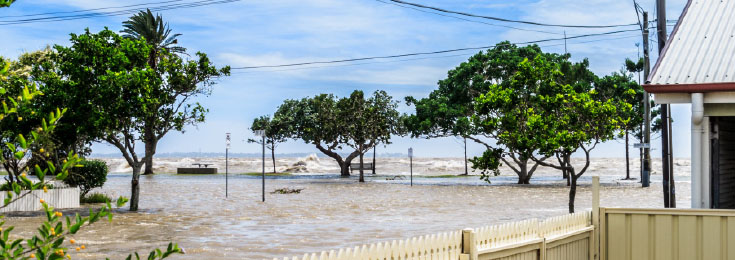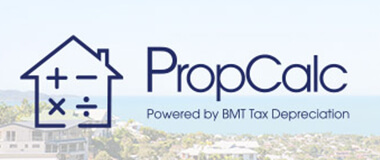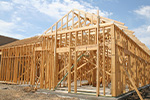From fire to floods - How insurance proceeds impact depreciation
In 2022 and 2023, devastating floods across the nation saw thousands of Australian homes destroyed and even more damaged. According to the Insurance Council of Australia, the cost of claims from recent flood damage exceeded $1.45 billion.

So, what happens to depreciation when an insurance payout is received?
A balancing adjustment event occurs when an owner receives an insurance payout. The balancing adjustment is determined by comparing a destroyed asset’s termination value (the amount received for the asset from the insurance proceeds) with its adjustable value (the purchase cost of the asset minus its decline in value) at the time it was destroyed.
When replacing depreciable assets, if the insurance proceeds exceed the asset’s adjustable (or written-down) value, the additional balance needs to be included as income. In scenarios where the proceeds are less, a deduction can be claimed to make up the difference.
Rollover relief may be available when insurance provides a replacement asset or when the proceeds are used to replace a destroyed asset. The rollover usually reduces the replacement asset's depreciable value to the undeducted amount of the original asset. This effectively reduces the asset's ongoing depreciable value, rather than the excess becoming assessable income. The effective life can be reset for the new asset.
When using insurance proceeds to replace a destroyed asset, if the new asset costs more than the insurance payout figure, the difference can be added to the original asset cost for depreciation purposes.
Unaffected areas of the property and assets separately paid for by the owner will continue to be depreciated as normal. In this case, an owner should contact a quantity surveyor to update their tax depreciation schedule to reflect the current state of the property.
Repairs carried out by insurers or funded by insurance proceeds aren’t eligible for depreciation deductions. However, whether the property is still available for rent or is unfit for occupancy and is no longer earning rental income, the owner can claim tax deductions for the costs incurred while completing repairs or renovations. To be eligible for these deductions, the work needs to be completed within a reasonable timeframe and the property needs to have been rented or genuinely available for rent immediately before it was damaged or destroyed.
If the property is demolished and the owner is holding vacant land due to the damage, tax deductions for holding costs such as land taxes and council rates are available for up to three years if the ‘exceptional circumstances exemption’ applies. Visit www.ato.gov.au for more information.
Insurance proceeds also need to be considered when calculating a potential capital gain or loss for an income-producing property. A capital gain arises if the insurance proceeds are more than the asset’s cost base in the event of a sale. In scenarios where the insurance proceeds are less, a capital loss occurs. If the owner chooses not to rebuild, any insurance proceeds must be counted as capital proceeds when calculating capital gains tax (CGT).
In a situation where a property is uninsured, the owner can immediately write off any qualifying un-deducted values on the destroyed assets in the same financial year. They can also claim depreciation deductions on the new structure and plant and equipment assets once the property has been rebuilt, as well as the remaining undamaged assets.
BMT Tax Depreciation strongly recommends updating insurance policies regularly and ensuring assets aren’t under- or over-insured. It’s also a good idea to keep records of every transaction including insurance proceeds documents and receipts for any new purchases or repairs.
If you’d like more information on how to prepare insurance policies for natural disasters, contact the expert team at BMT Insurance or call 1300 268 467 today.



























